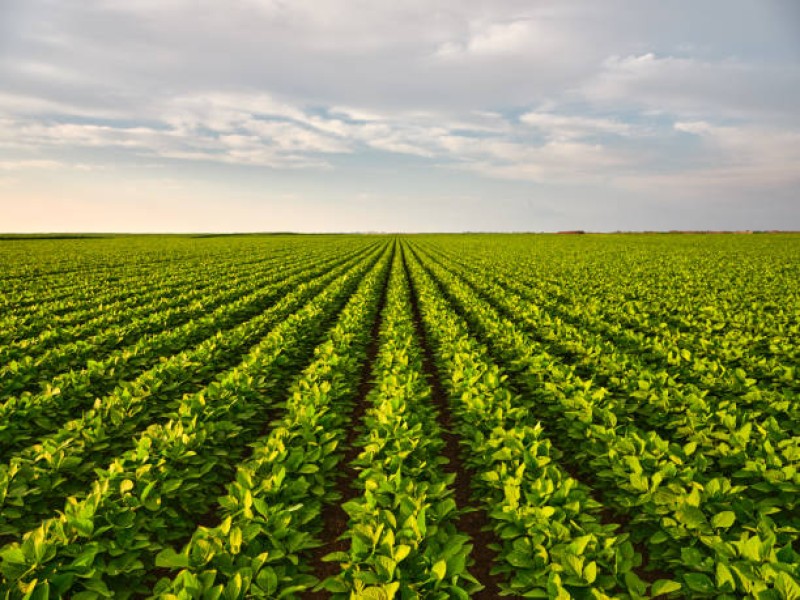
Peshawar, the capital of Khyber Pakhtunkhwa province in Pakistan, is a city rich in history, culture, and natural resources. This ancient city, often referred to as the "City of Flowers," has been a center of trade and commerce for centuries. Its geographical location, diverse topography, and favorable climate have endowed it with various natural resources that contribute significantly to its wealth and economic stability. This article explores the key natural sources of wealth in Peshawar, highlighting their importance and potential for sustainable development.
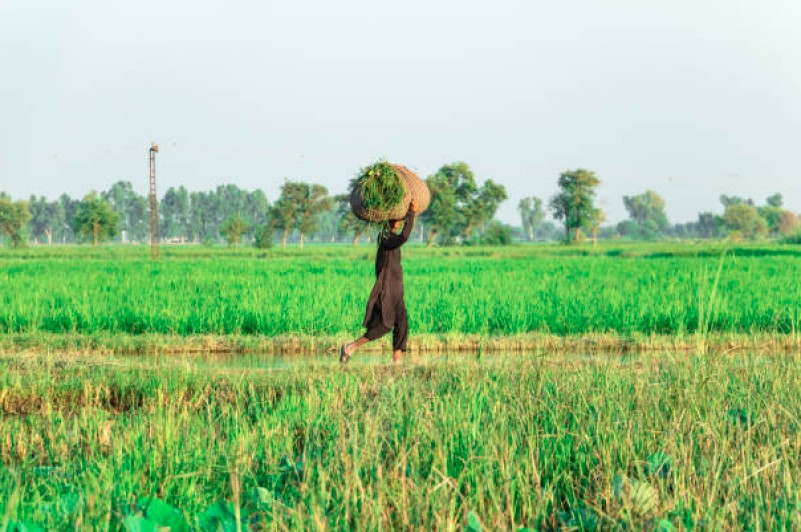
Agricultural Resources
Agriculture is the backbone of Peshawar's economy. The fertile plains of the region, irrigated by the Kabul River and its tributaries, provide ideal conditions for cultivating a variety of crops. The major agricultural products include:
- Wheat: Peshawar is one of the leading producers of wheat in the region, contributing to food security and the local economy.
- Sugarcane: This cash crop is a significant source of income for farmers, supporting numerous sugar mills in the area.
- Fruits and Vegetables: Peshawar is known for its high-quality fruits, especially oranges, pomegranates, and guavas. The region also produces a variety of vegetables that supply local markets and beyond.

2. Mineral Resources
Peshawar and its surrounding areas are rich in mineral resources. The most notable minerals found in the region include:
- Marble: The high-quality marble extracted from Peshawar is renowned for its durability and aesthetic appeal, making it a valuable export product.
- Limestone: Used extensively in the construction industry, limestone from Peshawar supports local building projects and infrastructure development.
- Gypsum: This mineral is crucial for the production of cement and plaster, essential components in the construction sector.
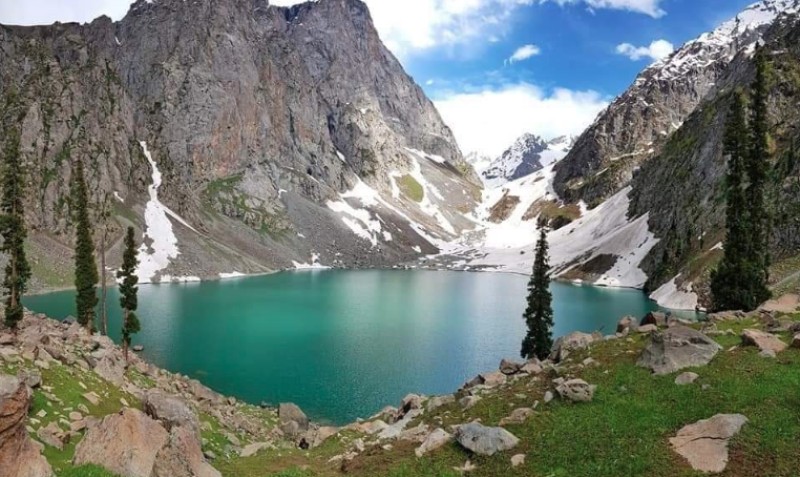
3. Forestry and Timber
The forests around Peshawar, particularly in the nearby districts of Khyber Pakhtunkhwa, are abundant in timber resources. These forests provide:
- Timber: Used in construction, furniture making, and various other industries, timber from Peshawar's forests is a vital natural resource.
- Non-Timber Forest Products (NTFPs): These include medicinal plants, resins, and other products that contribute to the local economy and traditional medicine practices.
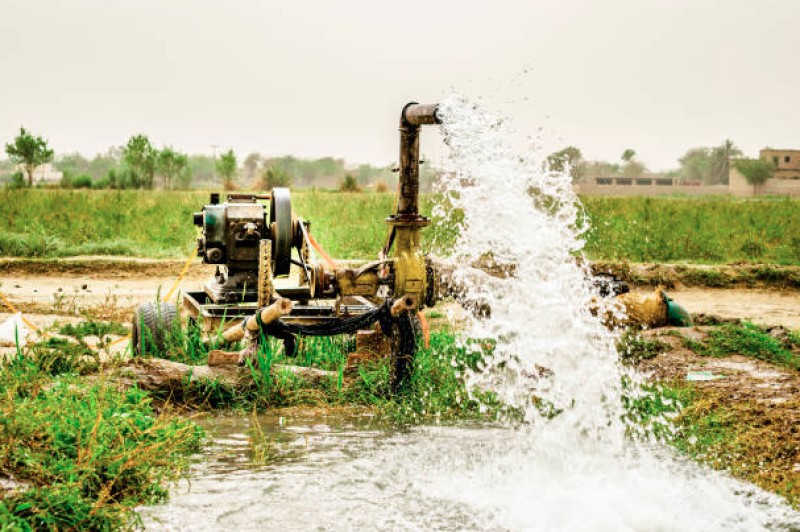
4. Water Resources
Peshawar is blessed with ample water resources, primarily from the Kabul River and its network of tributaries. These water resources are crucial for:
- Irrigation: Supporting the vast agricultural activities in the region.
- Hydropower: Potential for generating renewable energy, which can help meet the local energy demands and contribute to sustainable development.
- Drinking Water: Providing a reliable source of fresh water for the population of Peshawar and its surrounding areas.
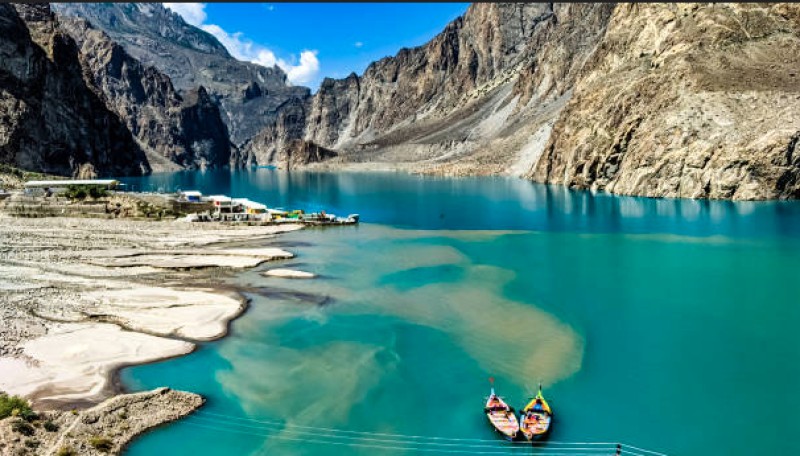
5. Tourism and Natural Beauty
The natural beauty and historical significance of Peshawar make it a prime destination for tourism. Key attractions include:
- Historic Sites: The ancient Bala Hissar Fort, Mahabat Khan Mosque, and various archaeological sites draw tourists from around the world.
- Scenic Landscapes: The lush greenery, rivers, and nearby mountainous regions offer opportunities for eco-tourism, hiking, and outdoor activities.
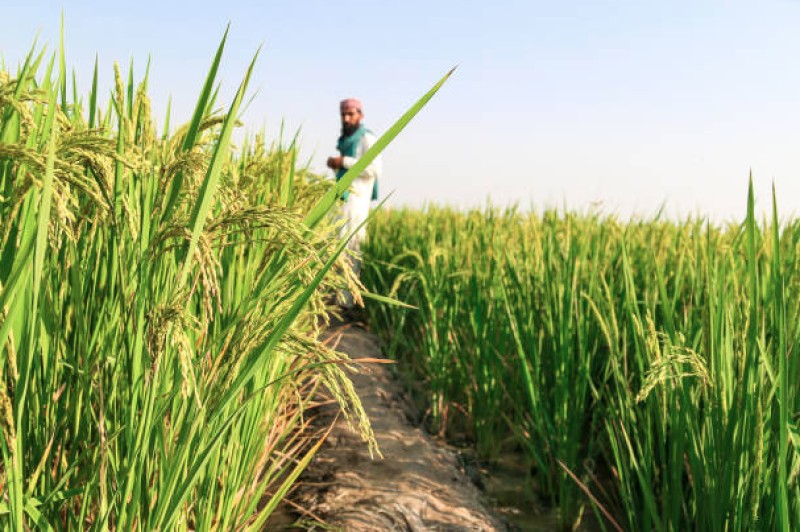
6. Human Resources
While not a natural resource in the traditional sense, the human capital of Peshawar is an invaluable asset. The skilled and hardworking population contributes to various sectors, including agriculture, industry, and services. The local culture of craftsmanship, particularly in textiles and handicrafts, also adds to the wealth and cultural richness of the city.
Conclusion
Peshawar's wealth is deeply rooted in its natural resources, which provide a strong foundation for its economy and offer immense potential for future development. Sustainable management and strategic investment in these resources can ensure long-term prosperity for the region. By balancing economic growth with environmental conservation, Peshawar can continue to thrive as a hub of natural wealth and cultural heritage.

